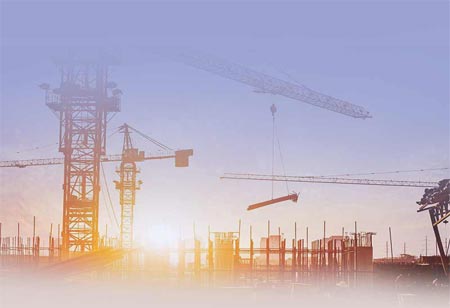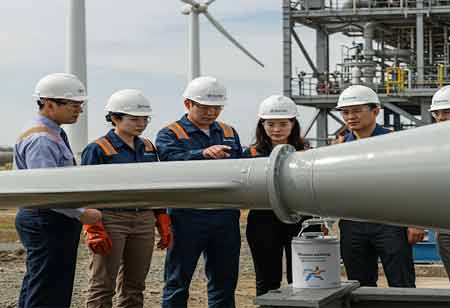Thank you for Subscribing to Construction Business Review Weekly Brief
Specials
- Apartment and Condominium Contractors Canada
- Decking Canada
- Architectural Glass Europe
- MEP APAC
- Construction Saudi Arabia
- German Apartment and Condominium Contractors
- Construction Law APAC
- Outdoor Construction
- Foundation Construction Canada
- MEP Canada
- Kitchen and Bath
- Cold Storage Construction APAC
- Precast Concrete Europe
- Construction Staffing Europe
- Pre-Construction Services
- Flooring System APAC
- Scaffolding Canada
- Swimming Pool Construction Canada
- Construction Management Canada
- Cold Storage Construction Canada
- Flooring Systems Europe
- Residential Construction
- Concrete Canada
- Construction Cladding Europe
- Construction Cladding APAC
- Concretes, Aggregates and Construction Materials APAC
- Concretes, Aggregates and Construction Materials Europe
- Commercial Contractors Europe
- Commercial Contractors APAC
- Dummy
- Construction Insulation, Coating and Waterproofing
- Construction Management APAC
- Landscaping Canada
- Construction Coating Europe
- Construction Tech Startups Europe
- Insulation Services Europe
- Mechanical Contractor Canada
- Mould Remediation and Testing Europe
- Swimming Pool Construction APAC
- Building Sealing Solutions Europe
- Construction Engineering Services
- Mechanical Electrical and Plumbing
- Roofing Systems Europe
- Architectural Glass APAC
- Startups APAC
- Construction Forensic and Owners Representative
- Flooring System
- Waterproofing APAC
- Wall Systems
- Safety and Compliance Europe
- Construction Equipment
- Modular and Prefab Construction
- Architectural Glass
- Construction MENA
- Construction Demolition and Recycling Europe
- Modular Construction Europe
- Construction Interiors
- Steel Building APAC
- HVAC
- Doors and windows
- Modular Construction APAC
- Building Information Modeling APAC
- Sustainable Construction APAC
- Building Restoration and Maintenance
- Commercial Contractors
- Specialty Construction
- Construction Engineering Canada
- Construction Engineering MENA
- Modular Construction Canada
- Construction Demolition Canada
- Roofing and Siding Systems
- Construction Latam
- Construction Staffing
- Roofing Systems APAC
- Construction Consulting
- Steel Building Europe
- Construction Demolition and Recycling APAC
- Safety and Compliance APAC
- Concretes, Aggregates and Construction Materials
- Construction Cladding
The Benefits of Prefabricated Construction for Site Safety in Europe
In recent years, the construction industry in Europe has witnessed a transformative shift towards prefabrication, a construction method where building components are manufactured off-site and then assembled on-site.

By
Construction Business Review | Friday, December 08, 2023
Stay ahead of the industry with exclusive feature stories on the top companies, expert insights and the latest news delivered straight to your inbox. Subscribe today.
The European construction industry is embracing prefabrication for efficiency, sustainability, and cost-effectiveness, offering benefits like improved safety, reduced hazards, and a more organized construction process.
FREMONT, CA: In recent years, the construction industry in Europe has witnessed a transformative shift towards prefabrication, a construction method where building components are manufactured off-site and then assembled on-site. Various factors have contributed to this shift, including efficiency, sustainability, and cost-effectiveness. Construction site safety is one of the often overlooked benefits of prefabrication.
Improved Safety Through Controlled Environments
One of the primary advantages of prefabrication is that it allows for the majority of construction work to be conducted in a controlled factory environment. This controlled setting minimises the impact of external factors such as adverse weather conditions, which can pose significant safety risks on traditional construction sites. Workers in a factory setting are shielded from extreme temperatures, high winds, and precipitation, resulting in a more secure work environment.
Reduced On-Site Hazards
Traditional construction sites are often rife with potential hazards, ranging from heavy machinery operations to working at heights. Prefabrication significantly reduces the need for certain high-risk activities on-site. Assembling building components off-site means that fewer workers are exposed to the dangers associated with on-site construction. This shift can lead to a substantial decline in accidents, injuries, and fatalities traditionally associated with construction work.





